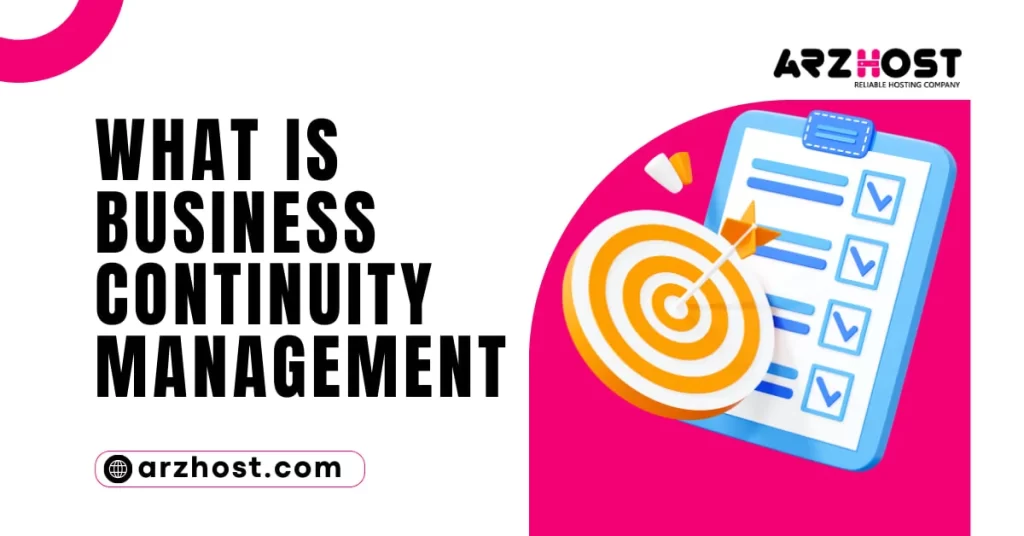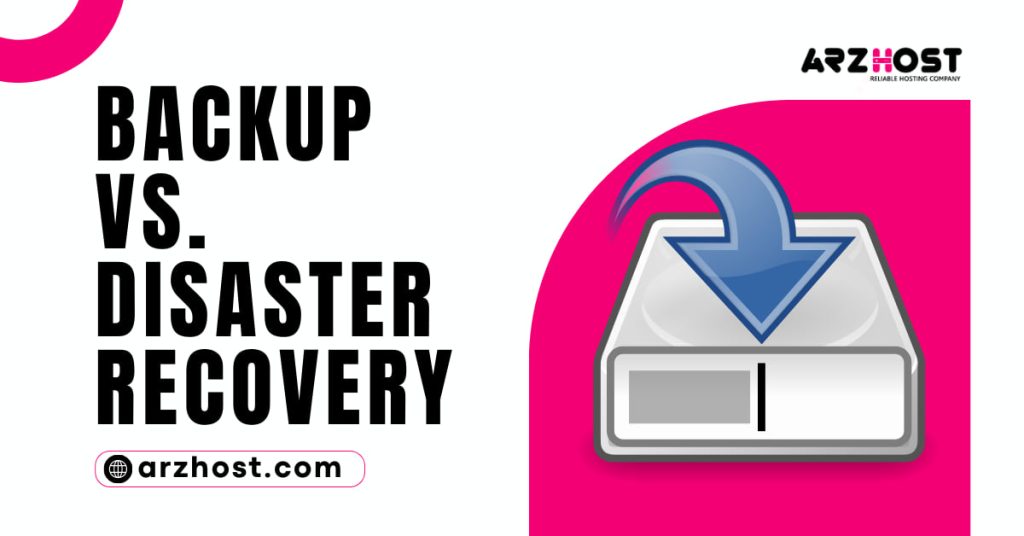What is Business Continuity Management (BCM) is an essential step. It guarantees that there will be little disturbance to your company’s regular business activities during a calamity.
BCM operates under the tenet that effective response mechanisms reduce the harm caused by hypothetical events.
What is Business Continuity Management?
Business continuity management is the proactive planning and preparation of an organization to continue operating normally or quickly resume operations following a crisis. Determining potential dangers like fire, flood, or cyberattacks is another step in the process.
Corporate executives have the plan to recognize and handle potential crises before they occur. Then, those procedures should be tested to make sure they function, and the process should then be routinely reviewed to make sure it is still current.
Framework for Business Continuity Management
More than just responding to a cyberattack or a natural disaster is what continuity management is all about. It starts with the policies and procedures that are created, examined, and used when an incident takes place.
1: Strategies and Policies
The program’s scope, main participants, and management structure are all described in the policy. It must explain why governance is crucial at this point and why company continuity is essential.
The first step in creating a business continuity plan checklist is to identify who will be in charge of updating it. The other is figuring out the team in charge of implementation. Having clear governance helps everyone involved in what can otherwise be a tumultuous moment.
What is Business Continuity Management (BCM)? The scope is equally important. It outlines the organization’s definition of business continuity.
Is it more important to keep people and places safe in physical locations or to maintain products and services available, data access, and applications operational? Whether it’s a subset of the entire organization or the revenue-generating parts of the business, businesses need to be clear about what is covered by a plan.
During this phase, roles and responsibilities must also be assigned. Given the potential type of disruption, these positions might be evident based on work function or particular. The policy, governance, scope, and functions must always be widely disseminated and supported.
2: Business Impact Evaluation
The impact assessment is a cataloging procedure to determine the data that your firm has and where, how, and where it is stored. It establishes which of those data are the most important and how much downtime is tolerable if those data or apps are unavailable.
Although businesses strive for 100% uptime, even with redundant systems and storage capacity, this rate is not always feasible. Calculating your recovery time objective, which is the maximum amount of time it would take to return applications to a functional condition in the event of an unexpected interruption of service, is another step you need to do during this phase.
Businesses should also be aware of the recovery point aim, or the maximum age of data that would let customers and your business restart operations. It may also be referred to as the acceptability of data loss.
3: Risk Evaluation
Danger takes many different shapes. It is advisable to do a business impact analysis and a threat and risk assessment.
Bad actors, internal players, rivals, market circumstances, political issues (both national and international), and natural occurrences can all pose threats. Conducting a risk assessment that identifies potential dangers to the organization is a crucial part of your plan.
A risk assessment identifies the wide range of hazards that might have an impact on the business.
What is Business Continuity Management (BCM)? The initial, and sometimes extensive, phase is to identify potential dangers. This comprises:
- Effects of manpower losses
- Preferences of consumers or customers changing
- Ability to respond to security problems with a plan and internal nimbleness
- Financial turbulence
The risk of non-compliance must be taken into account by regulated businesses because it can lead to severe financial penalties and fines, greater agency scrutiny, and the loss of standing, certification, or credibility.
Each risk needs to be defined and described in detail. The company must assess each risk’s likelihood of arising as well as its potential effects in the following phase. Key factors in risk assessment include likelihood and potential.
The organization must establish its risk tolerance for each possibility after the risks have been recognized and ranked. What are the most pressing, important problems that require attention? Potential solutions need to be found, assessed, and priced at this stage. The organization needs to prioritize which risks will be addressed in light of this new knowledge, which includes probability and cost.
4: Identification of the Incident
Determining what an incident is is crucial for company continuation. Events, as well as who or what can indicate that an incident has occurred, should be precisely defined in policy papers.
These “trigger” events ought to activate the team and trigger the deployment of the established business continuity strategy.
5: Emergency Recovery
What differentiates catastrophe recovery from business continuity? The former consists of broad strategies that set policy and direct operations. Disaster recovery is the process that takes place after an incident.
The deployment of the sprung teams and actions is disaster recovery. It is the end consequence of the efforts made to recognize risks and address them. Disaster recovery focuses more on targeted incident reactions than comprehensive planning.
One essential step following an incident is to debrief, evaluate the reaction, and adjust plans as necessary.
6: Role of Communication & Managing Business Continuity
Managing business continuity requires effective communication. One part of crisis communication is making sure that senior-level staff, customers, consumers, employees, and stakeholders can all communicate with each other in an open and transparent manner.
It’s crucial to use consistent communication techniques both during and after an incident. The corporate voice must be unified and the messaging must be truthful, consistent, and unified.
There are numerous levels of communication involved in crisis management, including the development of instruments to highlight difficulties, important needs, and progress. Although the forms of communication used by different constituencies may differ, they should all be based on the same information sources.
7: Management of Reputation and Resilience
What is Business Continuity Management (BCM)? The lack of a business continuity plan entails serious dangers. Because nothing was planned, the business is ill-equipped to handle urgent difficulties.
These hazards have the potential to catch a corporation off guard and cause other serious issues, such as:
- Downtime for servers, systems, and applications hosted in the cloud. Significant revenue can be lost even during brief downtimes.
- Loss of credibility for a brand’s reputation and identity Extensive, ongoing, or frequent downtime can damage consumers’ and customers’ trust. Retention of customers can decline.
- In sectors including finance, healthcare, and energy, regulatory compliance may be in jeopardy. Serious implications result from inoperable and inaccessible systems and data.
Conclusion
Data protection and integrity management are important because they can prevent catastrophic data loss. The culture of the company ought to include it What is Business Continuity Management (BCM)? Businesses can speed up the recovery of crucial operations by using a methodical approach to business continuity planning.















